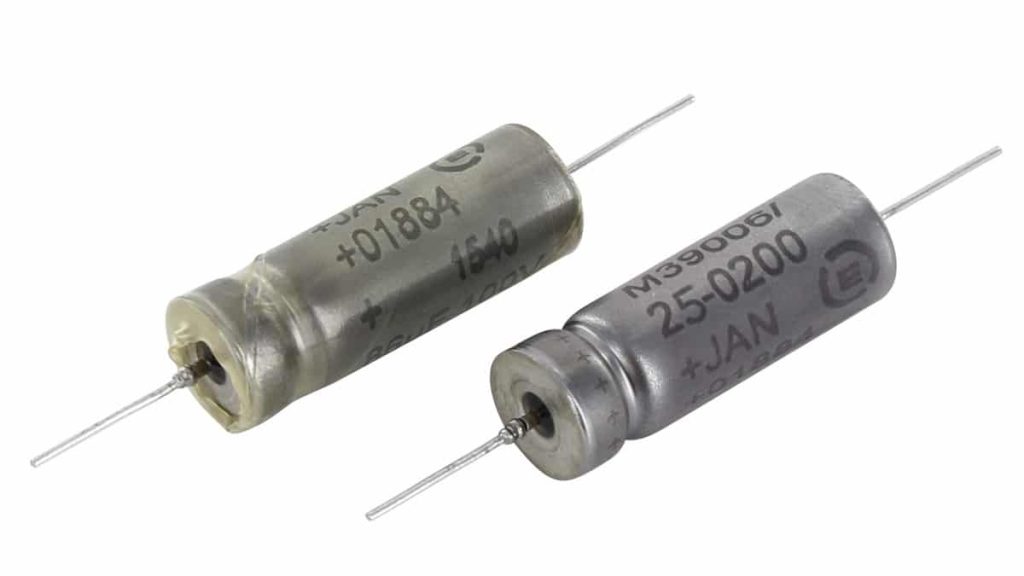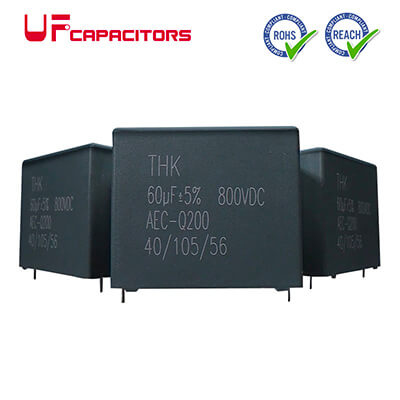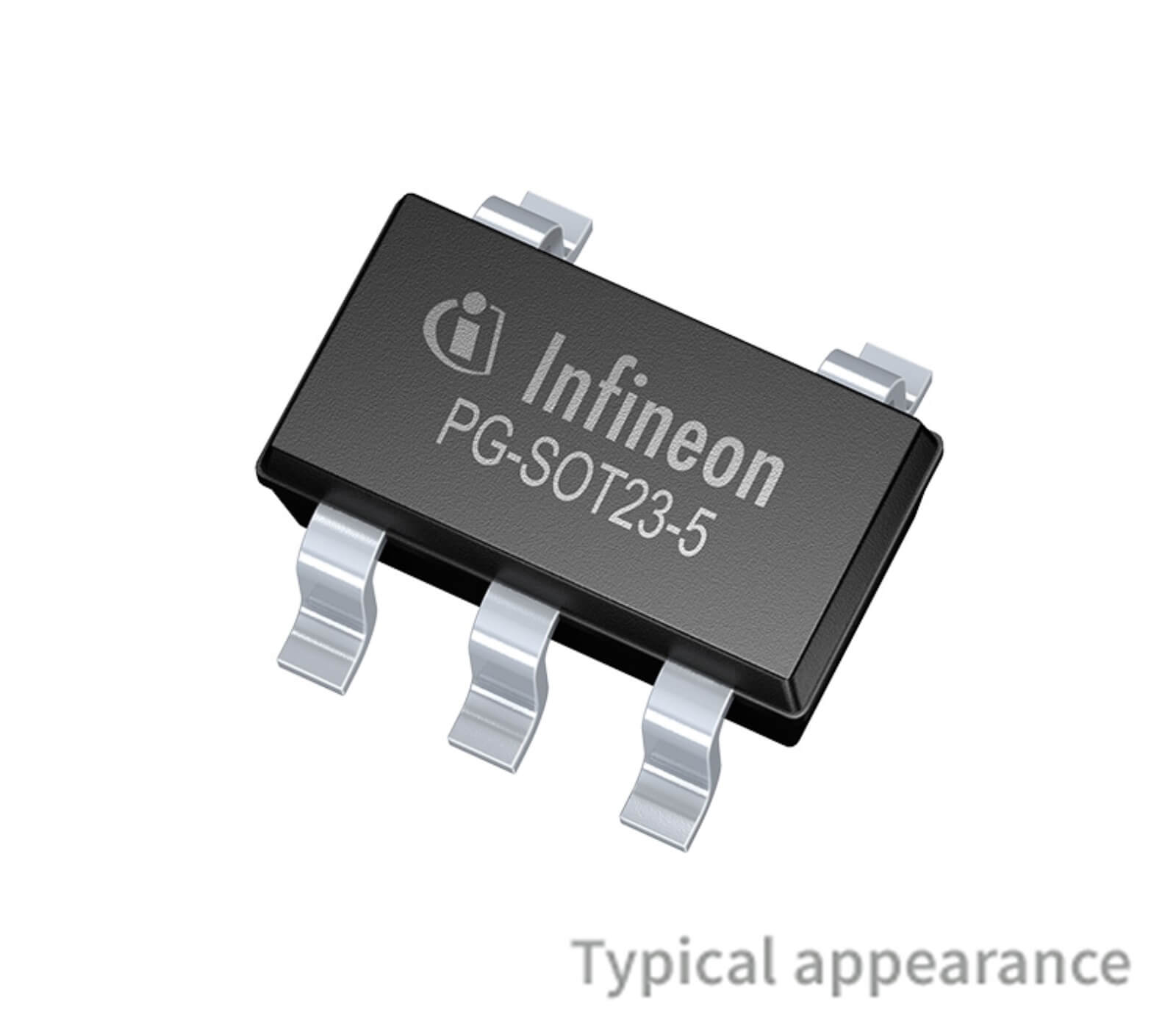The dissipation factor, often denoted as “D.F.,” of a capacitor is a measure of its energy loss and can provide insights into its performance characteristics. To use the dissipation factor of wet tantalum Vishay capacitors, you can follow these steps.

Understand the Dissipation Factor (D.F.)
The dissipation factor is a dimensionless quantity that measures how efficiently a capacitor stores and releases energy. It’s typically expressed as a percentage or in parts per million (PPM). A lower D.F. value indicates better energy storage and less energy loss.
Check the D.F. Specifications
Look in the datasheet or product documentation provided by Vishay for the specific wet tantalum capacitor you are using. This documentation should include the dissipation factor value, typically provided at specific frequencies (e.g., 120 Hz or 1 kHz) and temperatures (e.g., 25°C or 85°C). Pay attention to the test conditions used to measure the D.F., as these can affect the results.
Compare with Application Requirements
Consider your application requirements and how the D.F. of the capacitor might impact its performance. In some applications, low D.F. values may be critical to minimize energy losses and maximize efficiency. For example, in high-frequency applications or in power electronics, minimizing D.F. is important.
Calculate Losses
Use the D.F. value to calculate the losses in the capacitor. Losses are typically proportional to the D.F. and can be calculated using the following formula:
Losses (W) = D.F. (%) x Capacitance (C) x Voltage (V)^2 x Frequency (f) / 100
- D.F. should be in percentage form.
- Capacitance (C) is in farads (F).
- Voltage (V) is in volts (V).
- Frequency (f) is in hertz (Hz).
Consider Temperature and Frequency Effects
Keep in mind that the D.F. of a capacitor can vary with temperature and frequency. Vishay’s datasheets often provide D.F. values at different temperatures and frequencies, allowing you to assess how the capacitor’s performance might change in your specific application conditions.
Select the Right Capacitor
Based on your application’s requirements and the D.F. values provided by Vishay, select a wet tantalum capacitor that meets your needs. Consider not only the D.F. but also other important capacitor specifications like voltage rating, capacitance value, and temperature range.
Monitor Performance
After selecting and using the capacitor in your application, it’s a good practice to monitor its performance periodically. Verify that it meets your expectations, especially in terms of energy losses and efficiency.
Discover related topics: wet tantalum capacitors
In summary, understanding the dissipation factor (D.F.) of wet tantalum Vishay capacitors is essential for assessing their performance in your application. Carefully review the datasheet, calculate potential losses, and select a capacitor that aligns with your specific needs for energy storage, efficiency, and reliability.




